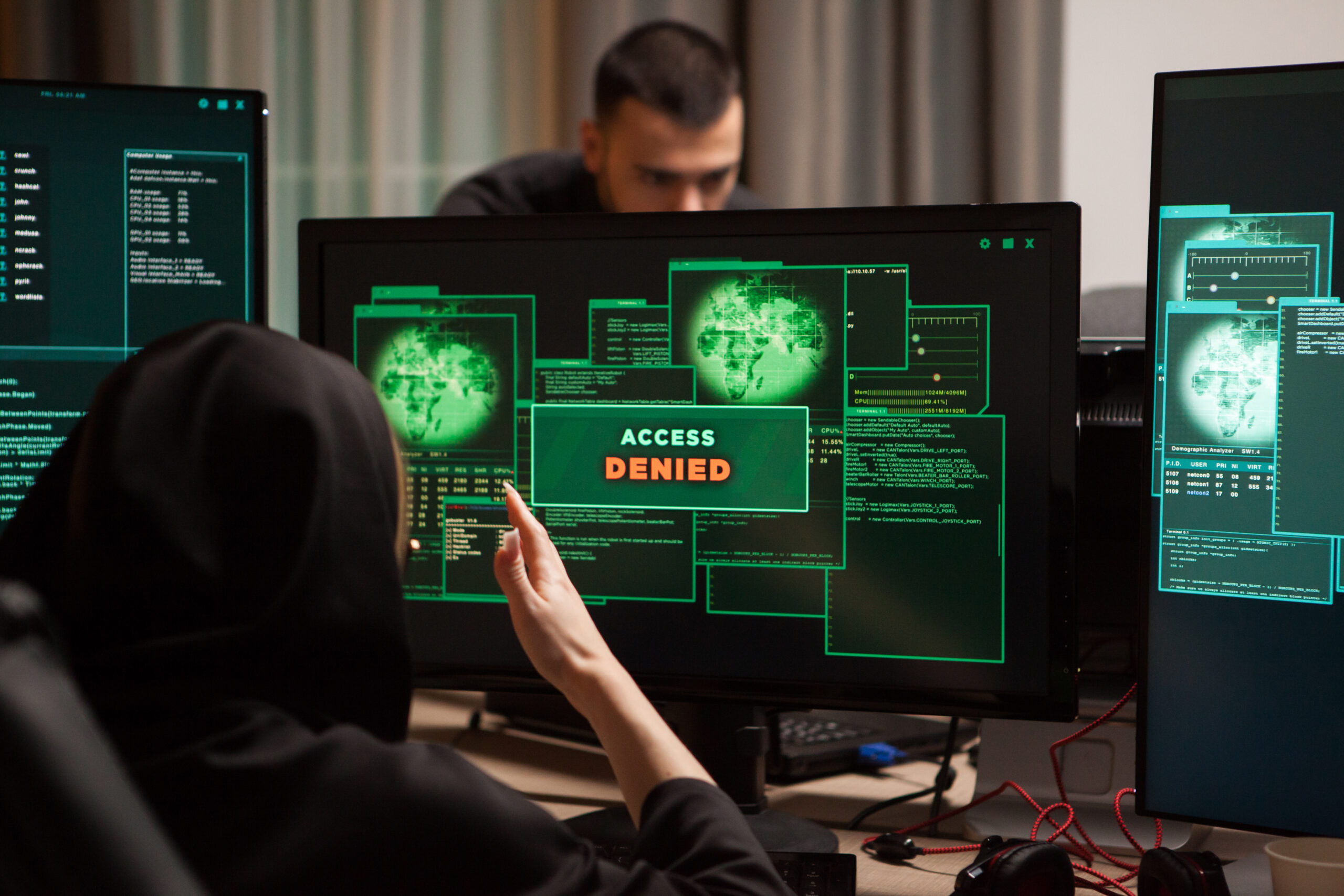December 17, 2023By rocheston
Playbook Objectives: To test the response capabilities of the Security Operations Center team To identify any weaknesses in the current security infrastructure and incident response protocols To improve the coordination and communication between SOC team members during a live attack To measure the time it takes for the team to detect, analyze, and mitigate a
December 17, 2023By rocheston
Playbook Objectives: Evaluate the current state of the organization’s third-party vendor risk management processes. Enhance the detection and response capabilities of the organization against potential third-party vendor-related breaches. Improve interdepartmental coordination and communication during third-party vendor security incidents. Train the incident response team on handling real-life attack scenarios originating from third-party vendors. Identify and remediate
December 17, 2023By rocheston
Playbook Objectives To understand and prepare for the potential threats posed by quantum computing to current cryptographic standards. To identify vulnerabilities in the company’s cryptographic systems when faced with quantum computing attacks. To update and implement quantum-resistant cryptographic algorithms to safeguard sensitive data. To enhance the incident response plan with a focus on quantum-based cryptographic
December 17, 2023By rocheston
Playbook Objectives To assess and improve the security posture of XYZ Corporation regarding mobile devices within the corporate network. To identify potential security weaknesses that attackers may exploit on mobile platforms. To train the IT security team on rapid detection, response, and mitigation techniques for threats targeting mobile devices. To reinforce policies and best practices
December 17, 2023By rocheston
Playbook Objectives: To understand and identify common and advanced intrusion detection system (IDS) evasion techniques Train the cybersecurity team on proactive defense measures and fine-tuning of IDS Enhance incident response capabilities by simulating realistic attack scenarios Develop proficiency in recognizing tactics adversaries use to circumvent detection Strengthen the organization’s overall security posture Difficulty Level: Advanced
December 17, 2023By rocheston
Playbook Objectives To detect and analyze covert communication channels and marketplaces within the Dark Web that could be used for trading stolen data from our company. To proactively monitor potential data breaches and threat actors targeting our organization on the Dark Web. To exercise incident response plans and improve the security team’s responsiveness to Dark
December 17, 2023By rocheston
Playbook Objectives To understand and simulate the techniques used in cyber espionage operations. To identify the potential vulnerabilities and gaps in the company’s cyber defenses. To train the cybersecurity team on how to detect, respond to, and recover from an advanced cyber espionage attack. To enhance the incident response capabilities and improve the strategies for
December 17, 2023By rocheston
Playbook Objectives To understand how Remote Access Trojans (RATs) infiltrate networks. To detect and mitigate the risk of RATs. To enhance the incident response plan to combat future RAT intrusions. To train the IT security team in identifying and neutralizing RATs. Difficulty Level Advanced Scenario Company Name: TitanTech Inc. Description: TitanTech Inc. is a multinational
December 17, 2023By rocheston
Playbook Objectives To ensure that the IT staff of ZenithTech, Inc. is adequately prepared to handle the complexities of patch management and the remediation of vulnerabilities identified on the company’s network. To assess and improve the current patch management policies and procedures for effectiveness and to reinforce the cybersecurity posture of ZenithTech effectively. To simulate
December 17, 2023By rocheston
In this Cyber Range exercise, we’ll be focusing on a hypothetical leading nuclear energy company, “AtomSecure Energy Corp.” AtomSecure is an industry giant, with a sprawling network of nuclear power plants across the country. Due to the critical nature of its infrastructure and the potential catastrophic consequences of a breach, AtomSecure must commit to the










